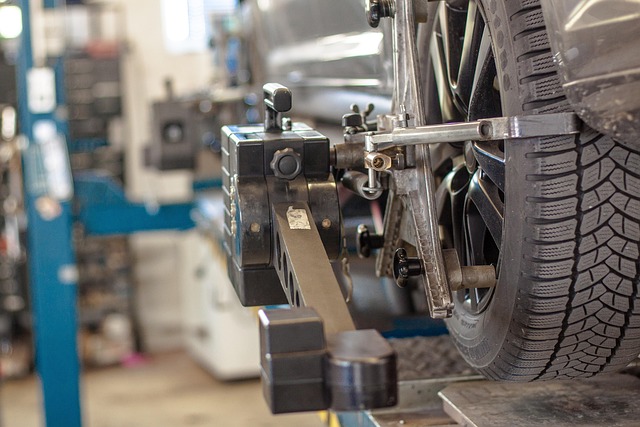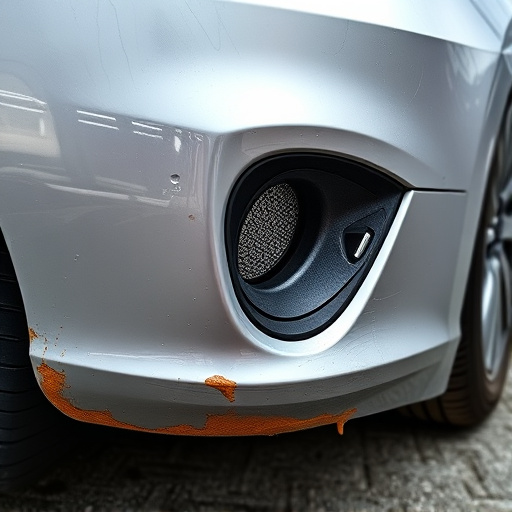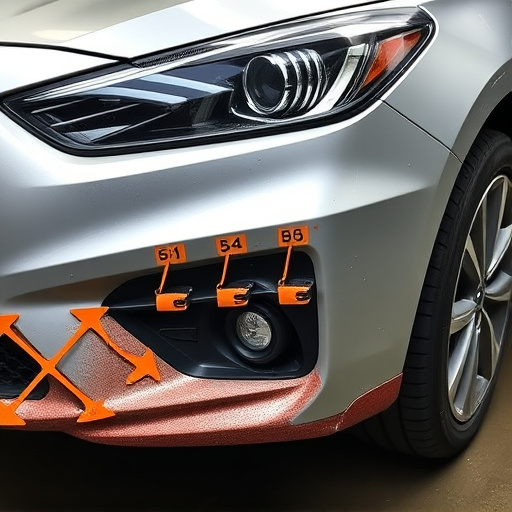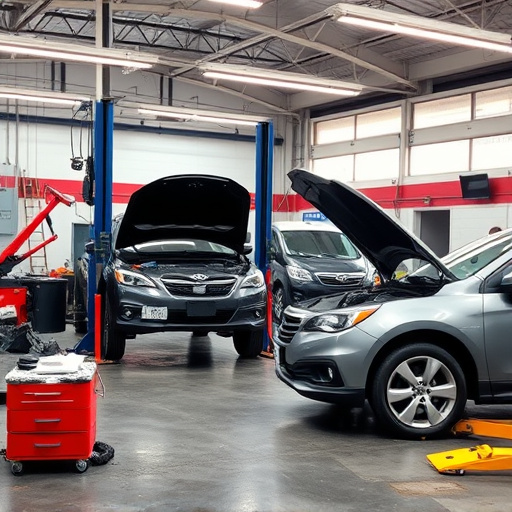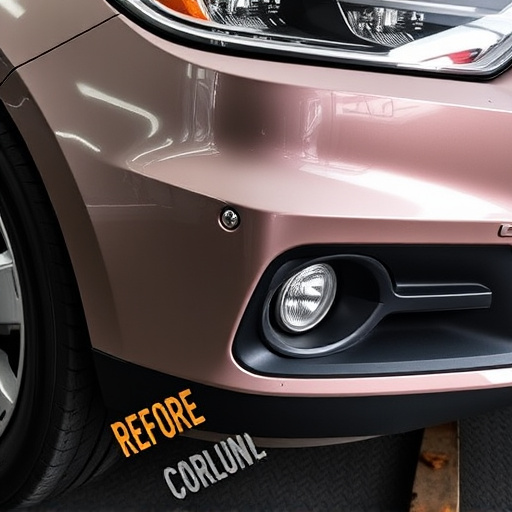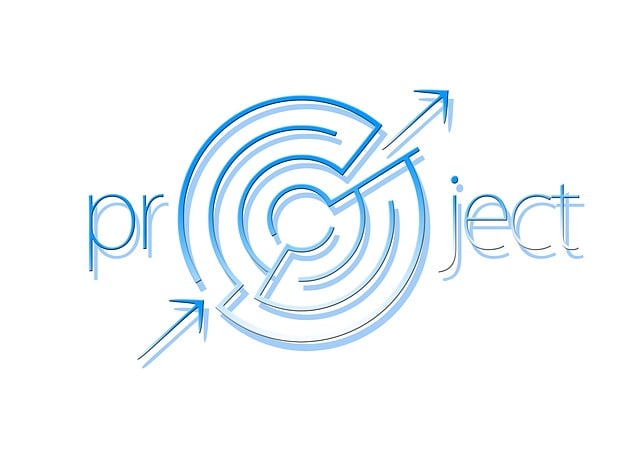The collision center warranty is a vital, often overlooked aspect of automotive services, protecting drivers' investments post-collisions. Clear communication about its scope, including parts and labor coverage for repairs, builds trust with clients. Using plain language, examples, and active listening during staff training helps dispel misconceptions. Addressing common concerns and differentiating from manufacturer guarantees ensures customers understand their protections. Staff should be prepared to answer FAQS about various services, including autobody, paint, and tire work, even noting fleet services' unique terms.
Training staff to explain collision center warranties clearly is essential for enhancing customer satisfaction and trust. This comprehensive guide delves into the fundamentals of collision center warranties, empowering employees with effective communication strategies. By understanding common questions and learning how to address them articulately, staff can navigate complex warranty discussions seamlessly. Equip your team with this knowledge to foster transparent relationships and build a positive reputation in the collision repair industry.
- Understanding Collision Center Warranty Basics
- Effective Communication Strategies for Staff
- Common Questions and How to Address Them
Understanding Collision Center Warranty Basics

In the realm of automotive services, a collision center warranty is a crucial aspect often overlooked by both staff and customers. This warranty specifically covers repairs and replacements performed after a vehicle has been in a collision, ensuring that drivers receive quality service and protection for their investments. It’s essential to understand the basic structure of these warranties, which typically include coverage for parts and labor related to collision-induced damage. By familiarizing themselves with these policies, staff at car repair shops can confidently explain them to clients, fostering trust and transparency.
A collision center warranty is not merely a document; it represents a commitment to providing excellent automotive restoration services. When explaining this to customers, staff should highlight that it extends beyond simple scratch repair to encompass comprehensive repairs, ensuring the vehicle’s pre-accident condition is restored as closely as possible. This clarity in communication empowers clients to make informed decisions and encourages them to trust the car repair shop’s capabilities in handling collision-related damages.
Effective Communication Strategies for Staff

When training staff to explain a collision center warranty, clear and concise communication is key. Staff members should be adept at simplifying complex warranty information, ensuring customers understand their rights and coverage. Effective strategies include using plain language, avoiding jargon, and providing concrete examples of what’s covered under the warranty. Demonstrating how the process works, from estimating repairs to explaining deductibles, can greatly enhance customer comprehension.
Encourage staff to actively listen to customer concerns and ask clarifying questions. They should be able to address common misconceptions about collision center warranties, especially regarding services like paintless dent repair. By fostering an environment of open dialogue, where customers feel comfortable asking questions, you build trust and ensure they walk away feeling confident in their decision, knowing exactly what a collision repair shop’s warranty entails.
Common Questions and How to Address Them

Many clients have concerns about what’s covered under a collision center warranty and how it differs from their vehicle manufacturer’s warranty. To address this, staff should be prepared with clear, concise answers to common questions like, “What does the warranty cover?” and “How do I know if my repair is eligible?” Explain that collision center warranties typically focus on repairs related to accidents or damage, including parts replaced during autobody repairs, paint jobs, and specific tire services.
Additionally, clarify that fleet repair services might have different terms and conditions due to their volume and nature. Emphasize the importance of reading the warranty document thoroughly, understanding exclusions, and asking for clarification when needed. Staff should be equipped to guide clients through these details, ensuring they leave with a comprehensive understanding of what’s protected under the collision center warranty.
Training staff to clearly communicate the intricacies of a collision center warranty is paramount in fostering customer trust and satisfaction. By implementing effective communication strategies, addressing common questions with accuracy, and staying informed about warranty basics, your team can confidently guide customers through the process. This ensures a positive experience, strengthens client relationships, and promotes your collision center as an industry leader in transparent, accessible vehicle repair services.
